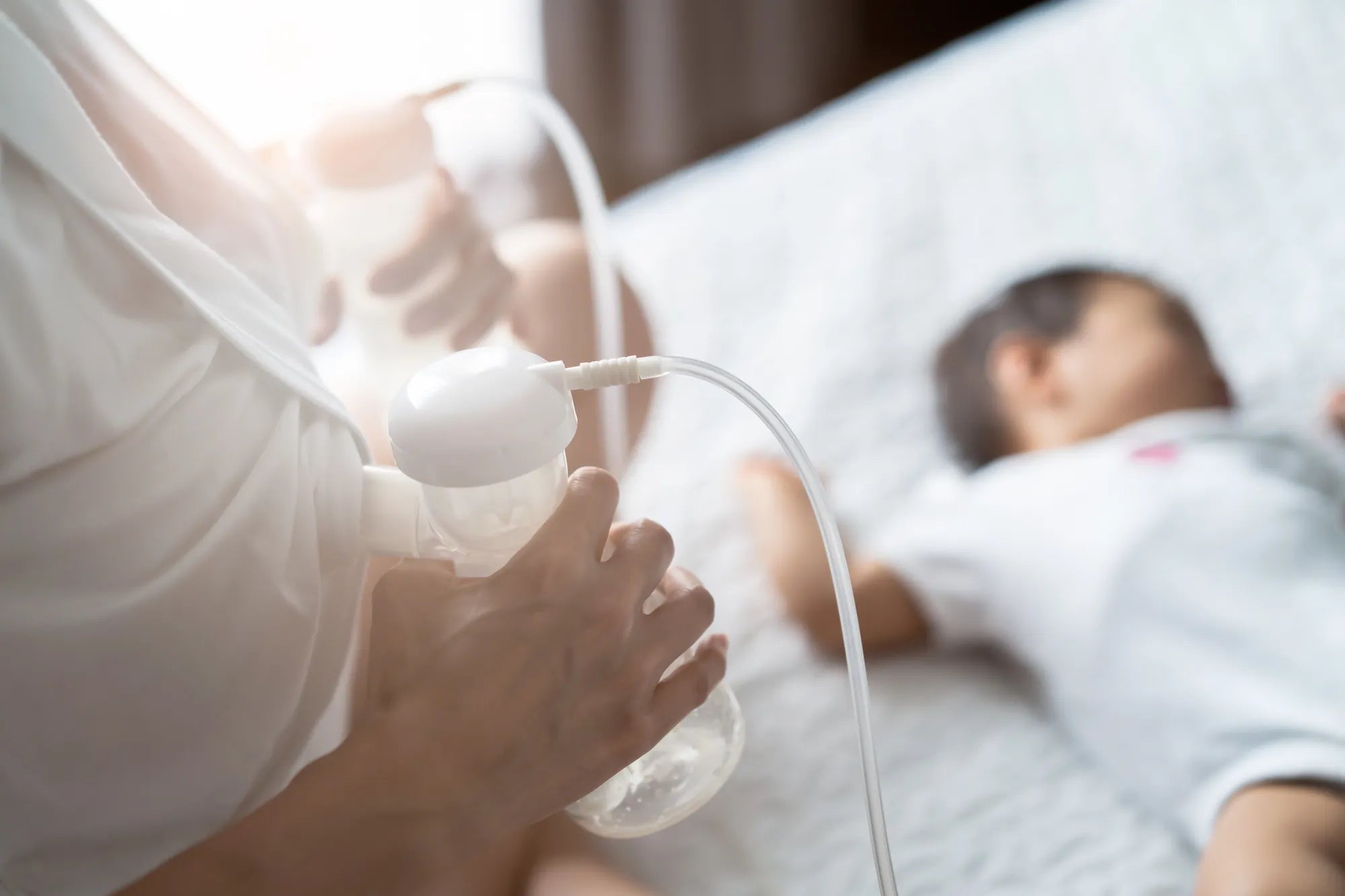Startseite
Pregnancy, Breastfeeding, and Pumping: The Ultimate Guide for Moms
How Long Does the Average Breast Pump Last: A Comprehensive Guide

How Long Does the Average Breast Pump Last: A Comprehensive Guide
When it comes to breastfeeding, a breast pump can be an invaluable tool for many mothers. Whether you're returning to work, managing low milk supply, or simply seeking convenience, a breast pump can make the process easier. But one question that often arises is: how long does the average breast pump last? Understanding the lifespan of this essential device can help you make informed decisions about its care and replacement.
Factors That Influence the Lifespan of a Breast Pump
The longevity of a breast pump depends on several factors, including the type of pump, frequency of use, and maintenance practices. Let's explore these in detail.
Type of Breast Pump
There are primarily two types of breast pumps: manual and electric. Manual pumps are generally simpler in design and may last longer due to fewer mechanical parts. Electric pumps, on the other hand, have motors and electronic components that can wear out over time. The quality of the materials used in the pump also plays a significant role in its durability.
Frequency of Use
How often you use your breast pump can significantly impact its lifespan. Pumps used multiple times a day will naturally wear out faster than those used occasionally. Mothers who exclusively pump may find that their devices need replacement sooner than those who use them sporadically.
Maintenance and Care
Proper maintenance is crucial for extending the life of your breast pump. Regular cleaning, following the manufacturer's guidelines, and timely replacement of parts like valves and membranes can prevent premature wear and tear. Neglecting these practices can lead to decreased efficiency and a shorter lifespan.
Signs That Your Breast Pump Needs Replacement
Even with the best care, there comes a time when a breast pump needs to be replaced. Here are some signs to watch out for.
Decreased Suction Power
One of the most common indicators that your breast pump is nearing the end of its life is a noticeable decrease in suction power. If you find that the pump is no longer as effective as it once was, it may be time to consider a replacement.
Unusual Noises
If your breast pump starts making strange noises, it could be a sign that the motor or other internal components are failing. Unusual sounds often indicate that the pump is struggling to function properly.
Visible Wear and Tear
Inspect your breast pump regularly for signs of physical damage. Cracks, discoloration, or other visible wear can compromise the pump's functionality and hygiene. If you notice any of these issues, it's a good idea to start looking for a new one.
How to Maximize the Lifespan of Your Breast Pump
Taking proactive steps can help you get the most out of your breast pump. Here are some tips to ensure it lasts as long as possible.
Follow the Manufacturer's Instructions
Always adhere to the guidelines provided by the manufacturer. This includes cleaning instructions, recommended usage frequency, and replacement schedules for parts. Following these instructions can prevent unnecessary wear and tear.
Regular Cleaning and Sanitizing
Keeping your breast pump clean is essential for both its longevity and your health. Make sure to clean all parts thoroughly after each use and sanitize them as recommended. This prevents the buildup of bacteria and ensures the pump operates efficiently.
Replace Parts as Needed
Certain components of your breast pump, such as valves, membranes, and tubing, will wear out faster than the main unit. Regularly inspect these parts and replace them as needed to maintain optimal performance.
Store Properly
When not in use, store your breast pump in a clean, dry place. Avoid exposing it to extreme temperatures or moisture, as these can damage the internal components and reduce its lifespan.
When to Consider Upgrading Your Breast Pump
Sometimes, upgrading your breast pump can offer benefits beyond just replacing an old one. Here are some scenarios where an upgrade might be worth considering.
Changing Needs
Your breastfeeding needs may change over time. For example, if you initially used a manual pump but find yourself needing more efficiency, upgrading to an electric pump could be beneficial. Similarly, if you're pumping more frequently, a more durable model might be necessary.
Technological Advancements
Breast pump technology is continually evolving. Newer models may offer features like quieter operation, improved suction, or enhanced portability. If your current pump lacks these advancements, upgrading could provide a better experience.
Health and Safety Concerns
If you have concerns about the hygiene or safety of your current breast pump, it's better to err on the side of caution and invest in a new one. Your health and your baby's well-being should always come first.
Understanding how long the average breast pump lasts can help you make informed decisions about its care and replacement. By considering factors like type, frequency of use, and maintenance, you can maximize the lifespan of your pump and ensure it remains effective for as long as possible. Keep an eye out for signs of wear and tear, and don't hesitate to upgrade if your needs or technology change. With proper care, your breast pump can be a reliable companion throughout your breastfeeding journey.
Teilen
